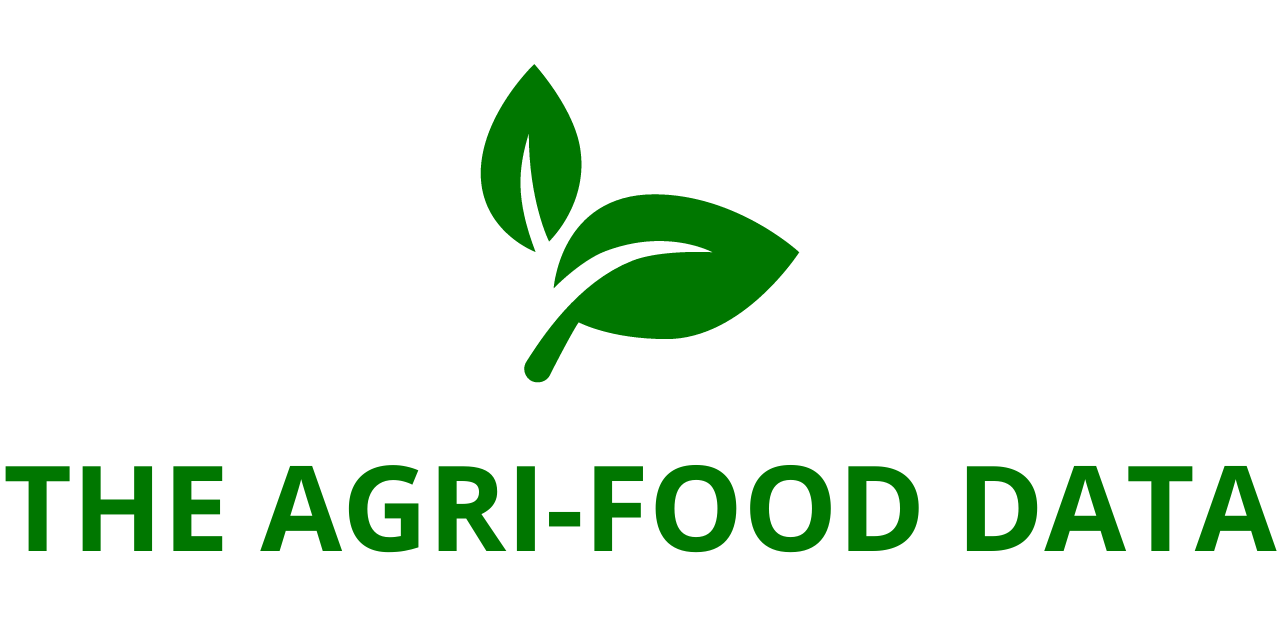
FMI Report Food Industry Delivers Value to Shoppers Despite Market Uncertainty
FMI—The Food Industry Association—has released its highly anticipated annual report, The Food Retailing Industry Speaks 2025, offering a comprehensive look at the transformative changes shaping food retail and supply in the United States. Against a backdrop of ongoing economic uncertainty, persistent regulatory challenges, and evolving consumer expectations, the report paints a picture of a resilient and adaptive food industry that is steadily modernizing the grocery experience.
Drawing insights from a broad base of retailers and suppliers, Speaks 2025 provides an in-depth exploration of operational realities, emerging strategies, and the actions companies are taking to align with shifting market dynamics.
Navigating Economic and Policy Pressures
Despite their best efforts to innovate and serve consumer needs, food retailers and manufacturers continue to grapple with complex macroeconomic forces. Approximately 80% of surveyed companies—across both retail and supplier sectors—report that trade policies, including tariffs and shifting international agreements, are negatively impacting pricing structures and straining supply chain efficiency.
The broader economic climate is further compounded by heightened regulatory demands. Retailers and suppliers are now experiencing significantly increased compliance costs driven by new state and federal mandates on issues ranging from food safety and labor practices to environmental reporting and sustainability initiatives.
Leslie G. Sarasin, President and CEO of FMI, emphasized the weight of these economic pressures in her statement on the report:
“Our industry, long accustomed to operating on narrow margins, is once again feeling economically squeezed. In 2024, food retail profit margins averaged just 1.7%, while food product suppliers posted a net income of 7.7%, mirroring 2023 levels. These numbers reflect a fragile balancing act between cost control and maintaining product accessibility for shoppers.”
Sarasin added that the regulatory environment is increasingly burdensome.
“As regulatory complexity expands, our members are bracing for further cost increases. Over 50% of suppliers and more than one-third of retailers expect compliance-related expenses to rise in 2025. This puts additional stress on already tight margins. FMI is committed to advocating for more practical and efficient regulatory approaches while also supporting members with resources and tools to streamline compliance.”
Workforce Stability Marked by Talent Investment
Amid the financial challenges, the industry has achieved meaningful progress on a critical front: workforce stability. Retailers and suppliers alike have made deliberate efforts to improve employment conditions, leading to tangible improvements in employee recruitment and retention.
In 2022, 85% of retailers cited workforce acquisition and retention as a major operational hurdle. That figure dropped sharply to 52% in 2024. Similarly, food suppliers saw challenges in this area decrease from 65% in 2022 to just 28% this year.
These improvements can be traced to significant investments in human capital, including competitive wage increases, expanded healthcare and wellness benefits, incentive bonuses, and more comprehensive training and development programs. These initiatives have helped reduce employee turnover rates, which declined from a peak of 65% in 2022 to 48% in 2024—marking a major milestone for the industry.
However, the report notes potential headwinds on the horizon as changes to immigration and deportation policies could introduce new labor supply disruptions in 2025, particularly in sectors reliant on immigrant labor such as fresh produce, foodservice, and distribution.
Health-Conscious Consumers Drive Product Innovation
One of the standout themes in this year’s report is the growing role of consumer health priorities in shaping product offerings and in-store experiences. Nearly half of all retailers and suppliers surveyed acknowledge the growing consumer trend of using food as a tool to manage or prevent health issues, such as diabetes, hypertension, and obesity.
In response, food companies have been quick to adjust their portfolios, with many expanding offerings of products with clear health benefits, such as functional foods, fortified beverages, low-sugar options, and plant-based alternatives. These trends reflect a shift in consumer behavior toward “eating with purpose”—prioritizing nutrition, wellness, and holistic health without sacrificing taste or convenience.

FMI’s consumer trend research found that while price sensitivity remains a concern for most shoppers, they are increasingly willing to spend more on food that supports specific lifestyle goals. These include not just health, but also entertainment, culinary exploration, and time-saving solutions.
Reinventing the Grocery Experience
In the face of rising costs and competitive pressures, food retailers are reimagining what it means to be a grocery store. Many are moving beyond transactional models to create more engaging, experiential retail environments that foster deeper customer relationships and brand loyalty.
Sarasin summarized this strategic shift:
“While being sensitive to the economic realities our customers face, our members are investing in ways to make the grocery store a destination—an extension of how today’s consumers live, eat, and engage. Whether it’s through expanded fresh departments, wellness hubs, or convenient grab-and-go options, the focus is on personalized service, quality, and long-term value.”
Retailers are leveraging digital transformation to deliver seamless omnichannel experiences—connecting physical stores with e-commerce platforms, mobile apps, loyalty programs, and home delivery services. The goal is to meet consumers wherever they are, offering flexibility and convenience without sacrificing the traditional values of freshness, service, and community.
A Forward-Facing Industry, Poised for Transformation
The Speaks 2025 report ultimately reveals a food industry that, while burdened by external challenges, is also nimble, innovative, and future-focused. Retailers and suppliers are finding ways to turn adversity into opportunity—improving operations, empowering workers, prioritizing consumer health, and reimagining the store of the future.
Sarasin concluded:
“Our members are not just reacting to change—they’re leading it. As economic, regulatory, and social forces evolve, we will continue supporting their efforts with data-driven insights, advocacy, and best-in-class tools that drive progress across the entire food value chain.”
With consumer expectations rising, operating environments growing more complex, and costs mounting, the food industry’s ability to adapt will remain crucial in the year ahead. Yet the latest data from Speaks 2025 affirms that the sector remains deeply committed to innovation, resilience, and service.






